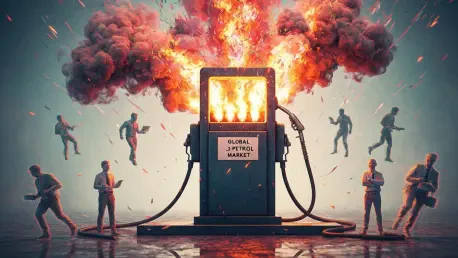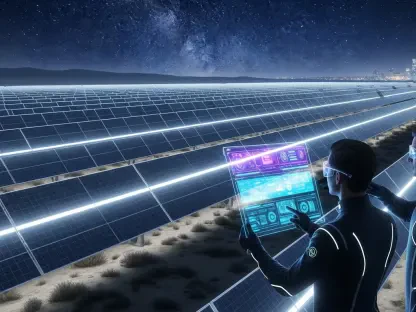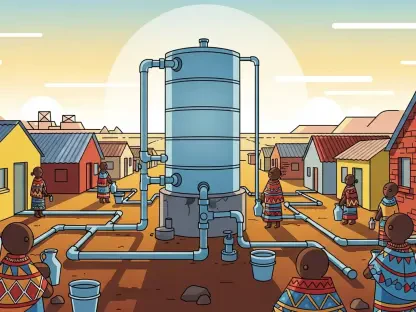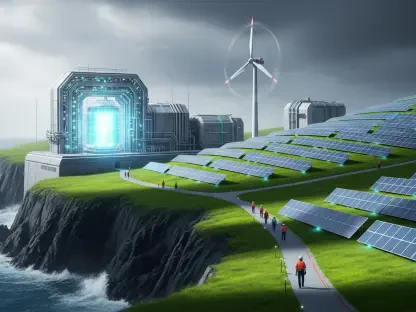Today, we’re thrilled to sit down with Christopher Hailstone, a seasoned expert in energy management and renewable energy, with a deep focus on utilities, grid reliability, and security. With decades of experience in the energy sector, Christopher offers unparalleled insights into the complex dynamics of oil markets and broader energy trends. In this conversation, we’ll dive into the recent volatility in oil prices, the contrasting forecasts from major energy organizations, the implications of a balanced oil market, and the potential economic factors influencing demand. Let’s explore these critical issues shaping the global energy landscape.
What’s driving the recent sharp decline in oil prices by more than $2 a barrel?
The primary catalyst for this drop is the latest OPEC report indicating that global oil supply will match demand by 2026. This is a significant shift from earlier projections of a supply deficit, and it’s spooked the market into thinking we’re heading toward oversaturation. When the market perceives a balance or potential oversupply, it often reacts with downward pressure on prices, as we’ve seen with Brent crude falling to around $62.71 and WTI to $58.49. It’s a classic case of sentiment overriding other factors in the short term.
How has OPEC’s change in outlook from a supply deficit to a balanced market in 2026 influenced market sentiment?
It’s had a profound impact. Earlier, the expectation of a deficit was propping up prices because traders anticipated tighter supplies. Now, with OPEC suggesting that production increases from the wider OPEC+ group will align supply with demand, there’s less fear of scarcity. This pivot has led to a bearish outlook among investors, who are now pricing in a market that doesn’t need to scramble for barrels in the near future. It’s a psychological shift as much as a fundamental one.
Can you shed light on the contrasting forecasts between OPEC and the International Energy Agency regarding oil demand trends?
Absolutely. OPEC’s view is centered on a balanced market by 2026, driven by their production strategies. Meanwhile, the IEA has taken a longer-term perspective, recently revising their forecast to show oil and gas demand growing through 2050, which is a stark departure from their prior prediction of a peak within this decade. The IEA’s shift seems to reflect a more pragmatic approach, moving away from assumptions tied to climate pledges and focusing on real-world consumption patterns. These differing outlooks create uncertainty, as markets grapple with which narrative to trust.
What factors are contributing to the idea of a balanced oil market in 2026, according to OPEC?
OPEC points to the production ramp-up from the broader OPEC+ alliance as the key driver. These countries have been steadily increasing output, and this trend is expected to continue, aligning supply with projected demand. It’s a deliberate strategy to avoid the kind of shortages we’ve seen in past cycles. However, it hinges on precise coordination and accurate demand forecasts, which are notoriously tricky given geopolitical and economic variables.
What are some of the current challenges in the oil market that are putting downward pressure on prices?
One major issue is that some crude sellers are struggling to find buyers. There are reports of cargoes sitting idle, which signals an oversupply in certain segments of the market. This creates a ripple effect, pushing prices down as sellers lower offers to move inventory. Additionally, there’s a broader sense of weakness in the U.S. economy, which dampens demand expectations. When economic activity slows, so does the need for fuel, and that’s clearly weighing on the market right now.
How might the reopening of the U.S. government influence oil demand in the coming months?
The reopening could be a positive trigger. Restoring funding to government agencies often boosts consumer confidence and spurs economic activity, as people feel more secure about public services and stability. This, in turn, can translate into higher demand for crude oil, especially if it fuels transportation and industrial growth. While the effect isn’t immediate, we could see a gradual uptick in demand over a few months if the economic sentiment holds.
What’s your perspective on OPEC+’s decision to pause output increases in the first quarter of next year?
It’s a cautious move, and I think it’s a response to the current softness in prices. Since August, OPEC+ had been unwinding production cuts, but pausing now suggests they’re wary of flooding the market further. It’s an attempt to stabilize prices by signaling restraint, though whether it’s enough to counterbalance the bearish sentiment remains to be seen. The effectiveness will depend on how demand evolves and whether other producers follow suit.
Looking ahead, what is your forecast for oil market dynamics over the next couple of years?
I think we’re in for a period of volatility. On one hand, OPEC+’s production adjustments and the potential for economic recovery in key markets like the U.S. could provide some support for prices. On the other, persistent oversupply risks and economic uncertainties—especially if global growth slows—could keep downward pressure on crude. I’d expect prices to fluctuate within a relatively tight range unless we see a major geopolitical event or a significant shift in demand patterns. The balance OPEC predicts for 2026 is possible, but it’s fragile and highly dependent on disciplined output and accurate demand projections.









